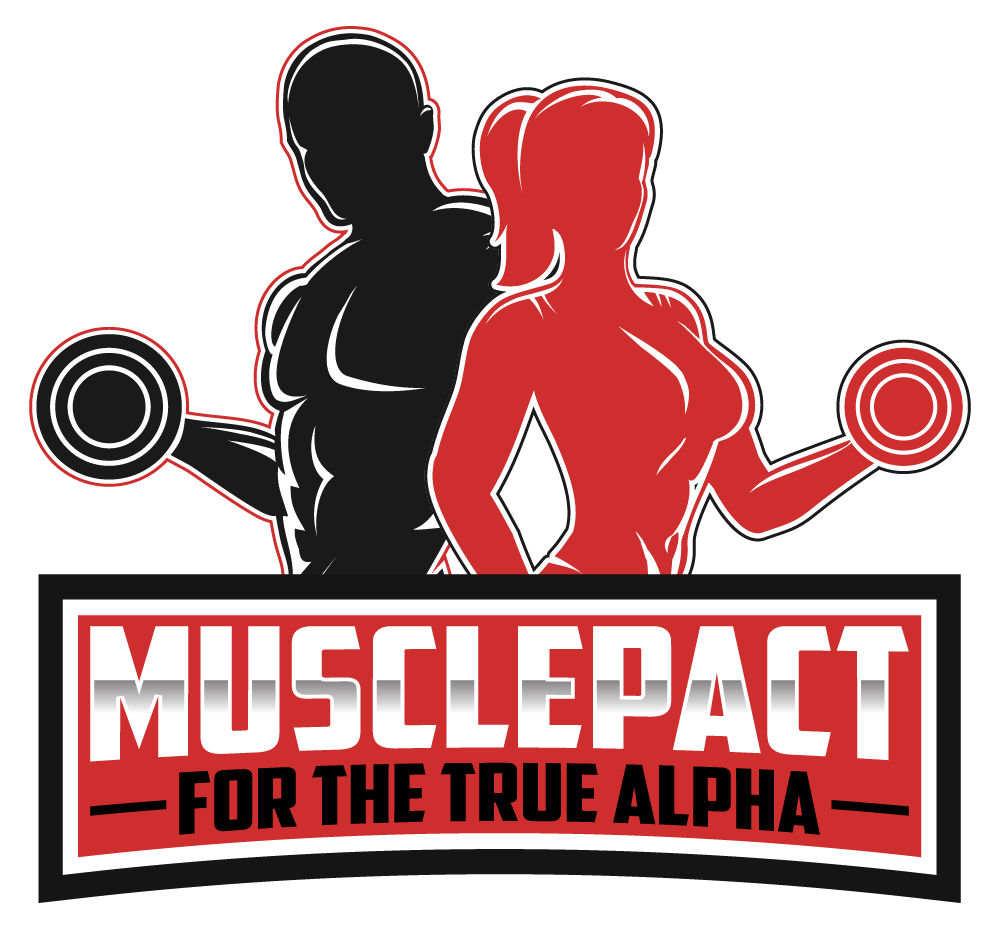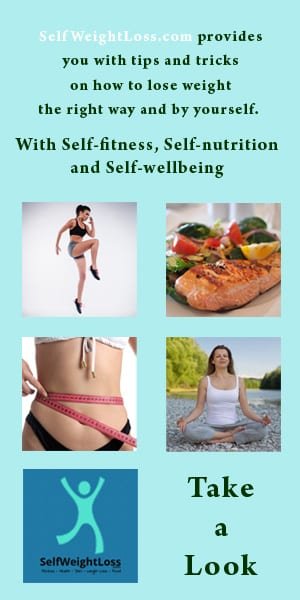Cardio gets a simple label: good for you. Most of us already know that. But not all cardio is the same. What is zone 2 cardio?
There are five intensity zones based on heart rate, and zone 2 sits in a sweet, practical middle: moderate effort where your heart is working, but not gasping. It’s quiet enough to hold a conversation, yet steady enough to teach your body to burn fat more efficiently.
Why Zone 2 Matters
The big-picture reason is plain: regular physical activity improves health across many chronic conditions. Still, most adults don’t hit recommended exercise levels. So the question becomes less about whether to move and more about how to move in ways that actually help your goals. If fat loss and sustainable conditioning are the priorities, zone 2 often proves most effective.
Zone 2 is defined by heart rate. Think 60–70% of your maximum heart rate. It’s not an arbitrary number; it’s a metabolic window where your body favors fat for fuel. Go harder and you shift to carbohydrate burning. Go easier and you hardly stress the system at all. Zone 2 finds the middle ground—enough demand to adapt, not so much that you’re sprinting all the time.
What Does Zone 2 Feel Like?
Imagine walking briskly. You’re breathing heavier than normal, but you could still say a sentence or two. You could even listen to a podcast and follow along. Talking feels a bit strained sometimes, but it’s not impossible. That conversational test is low-tech and surprisingly useful when you don’t have gadgets.
If numbers are your thing, calculate max heart rate by subtracting your age from 220. A 35-year-old, for example, would have a max around 185 beats per minute; zone 2 would fall roughly between 111 and 129 bpm. Wearables and gym machines can help, though they’re not perfect. Lactate testing is the gold standard, but it’s rare outside specialized labs.
Which Workouts Count as Zone 2?
It’s less about the exercise and more about the intensity. Brisk walking is the most accessible option—low cost, friendly on the joints, and easy to sustain for longer sessions. But if you prefer cycling, swimming, steady jogging, or climbing stairs, those can all hit zone 2 as long as your heart rate sits in that 60–70% band.
So pick what you’ll actually do. Consistency matters more than novelty here. If walking feels boring, bike. If biking bores you, swim. The key is time in the zone, not the machine.
How Long Should You Do It?
Public health guidance suggests adults aim for 150–300 minutes of moderate-intensity activity a week. That includes zone 2. A practical template: 30–45 minutes of brisk walking on a few days each week is a fine place to start. But not everyone will begin at 30 minutes, and that’s okay. Start small. Ten minutes a day is real progress; once that’s routine, nudge it to 14, then 20, and so on.
You’ll notice change in a few weeks. People often realize they can last longer before they feel winded. That’s a sign of improved conditioning: your heart beats slower for the same effort, which is not dangerous—it’s progress.
Is Zone 2 the Best for Fat Loss?
Yes—within reason. Zone 2 preferentially uses fat as fuel. That matters if your aim is to reduce fat stores over time. But there’s nuance. Doing higher-intensity work burns more calories per minute and recruits carbohydrates. So it’s not that zone 2 is the only path to fat loss; it’s that it’s efficient, sustainable, and safe for many people. It’s especially attractive for beginners or anyone for whom high-intensity exercise is risky.
How to Make This Practical
- Start with a simple plan: a brisk 30-minute walk at a slight incline a few times a week.
- Use a heart-rate monitor if you like precision; otherwise, rely on the talk-test.
- Build slowly. Ten minutes is progress; extend it when it’s comfortable.
- Mix it up to stay mentally engaged—walk one day, cycle another, swim the next.
A Gentle Reality Check
Zone 2 isn’t glamorous. It’s not the shortest path to dramatic fitness theater. But it’s durable. It’s kind to joints, sustainable across years, and surprisingly effective for shaping metabolism. It makes exercise feel less like punishment and more like a habit you can keep.
Want to try zone 2 for a month? See how your energy, sleep, and waistline respond. Tell us what changed. Drop a comment below with your experience, questions, or favorite zone 2 workout, and follow us on Facebook for more practical, no-nonsense fitness advice.
Two-thirds of protein powders contain unsafe lead levels — see which brands to avoid.
Sources:
- www.today.com/health/diet-fitness/zone-2-cardio-rcna231861
- www.polar.com/en/guide/heart-rate-zones
- www.heart.org/en/healthy-living/fitness/fitness-basics/target-heart-rates





